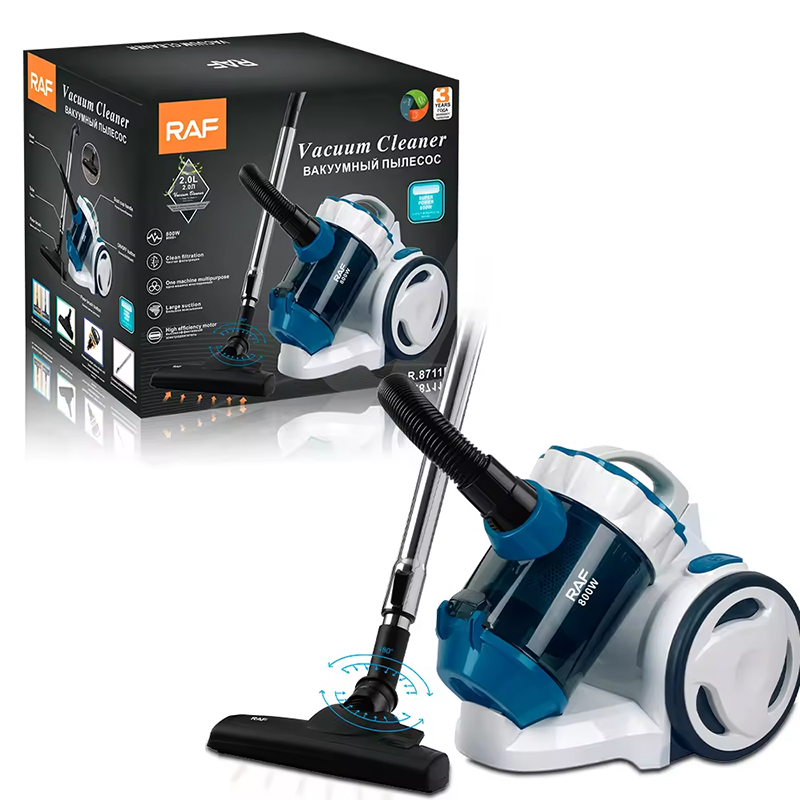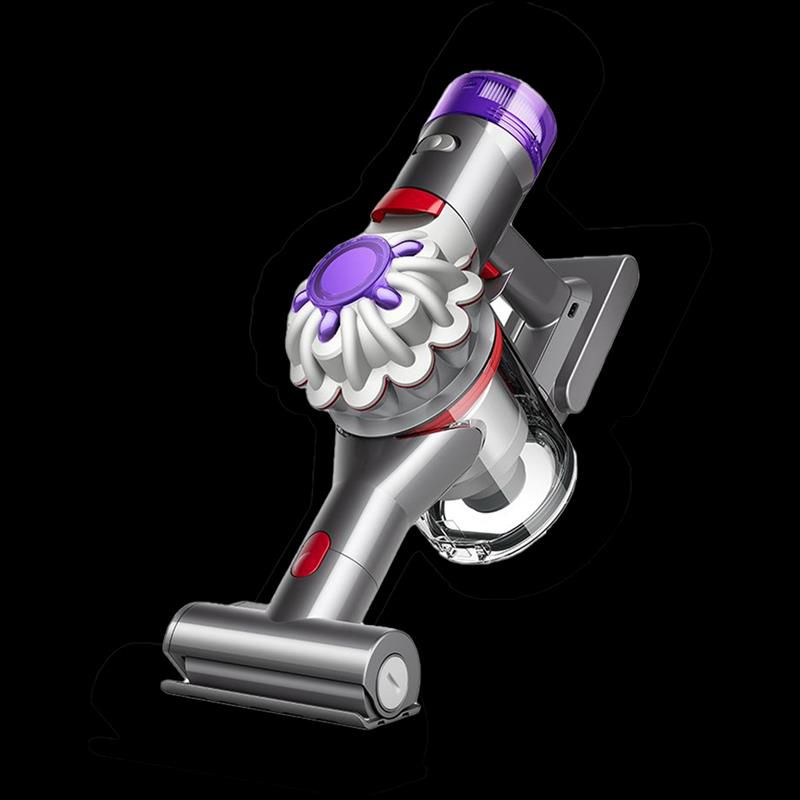Introduction to Vacuum Cleaner Suction Measurement
How is suction measured in a vacuum cleaner? When shopping for a vacuum cleaner, understanding suction power is crucial. Suction power relates directly to a vacuum’s ability to pick up debris. In this introduction, we will explore how suction gets measured and why it’s important for your cleaning needs.
Suction is a critical component of a vacuum’s performance. It is the force that draws dirt and particles into the vacuum. To determine how well a vacuum cleans, we measure this force. Measuring suction helps consumers compare vacuums effectively.
Manufacturers may use different terms to describe suction power. Yet, common units of measurement exist. We’ll delve into terms like air watts (AW), pascals (Pa), and cubic feet per minute (CFM). These units help standardize how we discuss and compare suction.
Knowing how is suction measured in a vacuum cleaner can guide your purchase. It ensures you select a model with sufficient power for your cleaning needs. The subsequent sections will explore the mechanics of vacuum suction. We will detail tools for measuring it and factors that affect it.
The Importance of Suction Power for Effective Cleaning
Suction power defines a vacuum cleaner’s efficiency. Without strong suction, vacuum cleaners struggle to remove dirt and debris from surfaces. The primary role of suction is to lift particles from floors and carpets. It then moves them into the vacuum’s dust container or bag.
Effective cleaning requires a balance in suction power. Too little, and the vacuum leaves behind residue. Too much, and it could damage delicate surfaces or consume excess energy. Good suction ensures that the vacuum picks up dirt, pet hair, and small particles with ease.
Homeowners benefit greatly from devices with optimal suction. For high-traffic areas or homes with pets, powerful suction is necessary. It handles heavy dirt loads and captures pet dander and hair that can trigger allergies.
Understanding how is suction measured in a vacuum cleaner supports informed choices. It helps you buy a vacuum that suits your space and cleaning habits. With the right suction, cleaning becomes faster, more thorough, and less burdensome.
Remember, different tasks may need different suction levels. Vacuums with adjustable suction cater to various surfaces and types of dirt. They provide flexibility while ensuring effective cleaning across your entire home.
Understanding Airflow vs. Suction in Vacuum Cleaners
When you’re figuring out how is suction measured in a vacuum cleaner, it’s vital to differentiate between airflow and suction. These terms are often interchanged, but they refer to distinct aspects of a vacuum cleaner’s performance.
Airflow is the volume of air that the vacuum moves. It’s measured in cubic feet per minute (CFM). Imagine the wind blowing leaves; airflow is like the breeze that carries them. In vacuum cleaners, a higher airflow means more air is moving through the system which helps capture loose dirt.
Suction, on the other hand, is the actual force that a vacuum exerts to pick up debris from a surface. It’s often measured in air watts (AW) or pascals (Pa). Think of it as the magnet-like pull that attracts dirt into the vacuum. Strong suction ensures that dust and heavier particles are lifted.
In simpler words, airflow is about the air movement, while suction is about the pull. Both are crucial for a vacuum’s effectiveness. High airflow alone won’t guarantee good cleaning; it needs to be paired with strong suction to ensure that dirt doesn’t just move around but gets sucked in.
Consumers often look for a vacuum that balances high airflow with powerful suction. This combo makes sure the vacuum doesn’t leave anything behind. It also ensures it picks up both surface litter and embedded grime, making your cleaning task easier and more efficient.
So, when comparing vacuums, pay attention not only to how suction is measured but also consider the airflow rate. The best vacuum cleaners will excel in both areas, giving you a clean that’s both thorough and quick.

The Units of Measurement for Vacuum Suction Power
When evaluating vacuum cleaners, understanding the units of measurement is key. These units indicate a vacuum’s suction ability. They also allow for clear comparisons between different models.
Airwatts (AW) is a popular metric that combines airflow and suction power. A higher AW rating usually means better overall efficiency in dirt pickup. It accounts for both the suction force and the amount of air passing through the vacuum.
Pascals (Pa) measure the pressure difference created by the vacuum. This unit shows the vacuum’s ability to lift and hold particles against gravity. Vacuums with higher Pa ratings can pick up heavier debris.
Cubic feet per minute (CFM) quantifies the volume of air a vacuum moves each minute. This measures the vacuum’s capability to handle larger debris or higher amounts of dust. CFM ties directly to a vacuum’s cleaning capacity.
Knowing these units will help you discern how well a vacuum cleaner can perform. It assists in finding a vacuum that fits your specific needs. Whether it’s for light dusting or heavy-duty cleaning, these measurements are your guide to the best choice.
Look for these ratings when you shop. Compare them across different models to ensure you get a vacuum with the right balance. A good match of power and efficiency will make your cleaning tasks much easier.

Tools and Methods for Measuring Suction Power
To assess how is suction measured in a vacuum cleaner, several tools and methods are required. These instruments provide accurate readings of a vacuum’s suction capabilities. Let’s discuss some of the most common ones.
Airflow Meters: These devices measure the rate at which air flows through the vacuum. They give precise CFM values, revealing the vacuum’s ability to move air.
Suction Gauges: These tools gauge the actual suction force, often in air watts or pascals. They show the vacuum’s strength in picking up debris.
Water Lift Tests: By measuring how high a vacuum can lift water up a tube, these tests quantify suction. This method demonstrates the vacuum’s power in a visual and tangible way.
Electronic Vacuum Performance Monitors: More advanced models of vacuums come with built-in monitors that report on performance metrics. These can include real-time suction measurements.
While manufacturers often provide suction ratings, DIY enthusiasts may prefer to test these figures themselves. Home tests, like the water lift test, are achievable with simple materials. For more precise data, specialized tools like airflow meters or suction gauges are advisable. Whichever tool or method you use, it’s essential for ensuring your vacuum cleaner meets your cleaning standards.
With these tools and methods, consumers and professionals alike can understand and measure the suction power of vacuum cleaners. The accurate assessment aids in making informed decisions when purchasing a new appliance or monitoring the performance of a current one.
Factors Influencing the Suction Power of Vacuum Cleaners
Understanding what affects a vacuum’s suction power is important. It helps us use and maintain our vacuums better. Here are key factors that can influence suction power:
- Motor Size and Design: The motor powers the vacuum’s suction. A larger or more efficient motor usually means stronger suction.
- Filter Condition: Clogged or dirty filters can reduce airflow and suction. Clean or replace filters regularly to maintain suction power.
- Vacuum Bag or Bin Fullness: A full bag or bin can restrict airflow. This can decrease suction. Empty the bag or bin before it’s completely full.
- Age and Wear: Over time, vacuums may lose suction due to wear. Parts like hoses and belts can degrade.
- Air Leaks: Cracks or gaps in the vacuum body or hoses can lead to air leaks. These leaks reduce suction power.
- Type of Surface: Some vacuums adjust suction for different surfaces. For example, higher suction for carpets and lower for hard floors.
- Hose and Nozzle Design: The design of these parts can affect how well air moves. This impacts how is suction measured in a vacuum cleaner.
Keeping these factors in check ensures your vacuum performs well. It maximizes the efficiency and lifespan of your vacuum cleaner. Remember, good maintenance habits lead to consistent suction power.
Comparing Suction Ratings Across Different Vacuum Cleaner Models
When buying a vacuum cleaner, comparing suction ratings is a step you can’t skip. These ratings tell you how strong a vacuum is at picking up dirt. Keep in mind the units of measurement like air watts (AW), pascals (Pa), and cubic feet per minute (CFM). They show a vacuum’s ability to clean. Higher numbers often mean better performance, but the right balance is key.
First, look at the air watts (AW). High AW means the vacuum picks up more, using greater suction and airflow. Second, check the pascals (Pa). More Pa means the vacuum lifts heavy debris easily. Finally, consider cubic feet per minute (CFM). Higher CFM means it handles more dirt at once.
Remember, compare like with like. Some vacuums may be strong in one unit, less in another. Find models that score well in all three for the best results. Also, think about your cleaning needs. If you have pets or a large home, aim for higher ratings.
To make a smart choice, compare models side by side with their suction specs. Use them as a guide, along with other features and your budget. By doing this, you will find a vacuum cleaner that meets your cleaning demands and lasts for years.
Tips for Maintaining Suction Power in Your Vacuum Cleaner
Maintaining optimal suction power in your vacuum cleaner ensures long-term cleaning efficiency. Here are simple but effective tips to keep your vacuum’s suction power strong:
- Regularly Empty the Dust Bin or Change the Bag: Do this before they get too full. A packed bin or bag can hinder airflow, decreasing suction.
- Clean or Replace Filters Often: Filters trap dirt and, over time, can clog. Clean them according to the manufacturer’s instructions or replace if necessary to maintain airflow.
- Check for Blockages: Inspect the hose, nozzle, and other attachments. Remove any objects that may be blocking the path of airflow.
- Seal Any Air Leaks: Examine the vacuum for cracks or loose connections. Repair any leaks to prevent loss of suction.
- Monitor Belt Integrity: If your vacuum has a belt-driven brush, ensure the belt is in good shape. Replace it if it’s worn or has lost tension.
- Adjust Settings for Different Surfaces: Use the appropriate setting for carpets or hard floors. This helps optimize suction and prevents unnecessary strain on the motor.
- Practice Good Care: Store your vacuum properly and handle it with care to avoid damage.
By following these tips, you can help retain the suction power of your vacuum cleaner. This leads to more effective cleaning and a prolonged lifespan for your appliance. Remember these practices to help your vacuum perform at its best.



